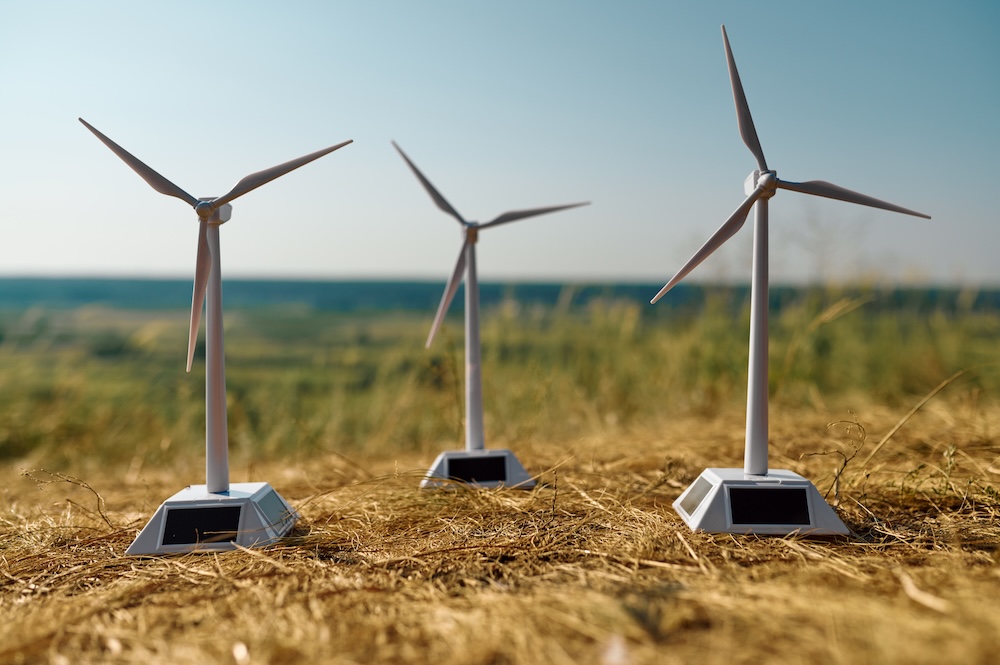When we hear the word sustainability, most people think of the environment. But sustainability is bigger than recycling bins and renewable energy. It’s about a framework with three interdependent pillars — social, environmental, and economic — that together shape a world where people and the planet thrive without sacrificing future generations.
Social Sustainability: Communities That Endure
Unlike the “people” category in the 3 P’s model, social sustainability goes deeper into systems of equity and justice. It asks: are societies set up to last, or are they built on fragile foundations of inequality?
Examples:
- Urban Planning for Equity: Cities like Copenhagen design bike-friendly infrastructure that makes commuting safe and affordable for everyone.
- Ethical Supply Chains: The Accord on Fire and Building Safety in Bangladesh was created after the Rana Plaza collapse to improve factory conditions for garment workers.
- Education Access: Non-profits like Room to Read provide literacy programs that empower marginalized children, particularly girls, ensuring a long-term ripple effect.
Environmental Sustainability: Beyond Conservation
The environmental pillar isn’t just about conservation — it’s about regeneration. It calls for restoring ecosystems, not merely reducing harm.
Examples:
- Regenerative Agriculture: Farms adopting no-till practices, cover cropping, and crop rotation restore soil health while reducing emissions.
- Rewilding Projects: Scotland’s Highlands reintroduction of species like the beaver helps restore ecosystems and prevent flooding.
- Renewable Energy Scaling: Costa Rica regularly runs on nearly 100% renewable electricity, showing national-scale feasibility.
Economic Sustainability: Prosperity Reimagined
Economic sustainability is often misunderstood as “making enough profit to last.” But its core is long-term resilience — ensuring growth doesn’t collapse ecosystems or deepen inequality.
Examples:
- Circular Business Models: Fairphone designs modular smartphones that consumers can repair themselves, reducing electronic waste.
- Microfinance Programs: Organizations like Grameen Bank support small-scale entrepreneurs, especially women, in underserved communities.
- Green Investment Portfolios: Pension funds in countries like Norway now commit billions toward renewable projects, divesting from fossil fuels.
How the Pillars Work Together
The pillars differ from the 3 P’s because they focus less on the “triple bottom line” for businesses and more on the systems that sustain societies as a whole. Social equity without economic resilience fails under pressure. Environmental protection without social justice creates unfair burdens. Economic strength without ecological limits is self-defeating. Only when the three pillars stand together does sustainability hold.
Final Thoughts
The three pillars framework teaches us that sustainability is about more than just the environment — it’s about designing resilient societies, regenerative ecosystems, and economies that distribute prosperity fairly. Each example, from regenerative farms to fairer factories, shows how these ideas are already reshaping the world. Small actions can stabilize the pillars. Together, they build a future that stands the test of time.









Reader Interactions